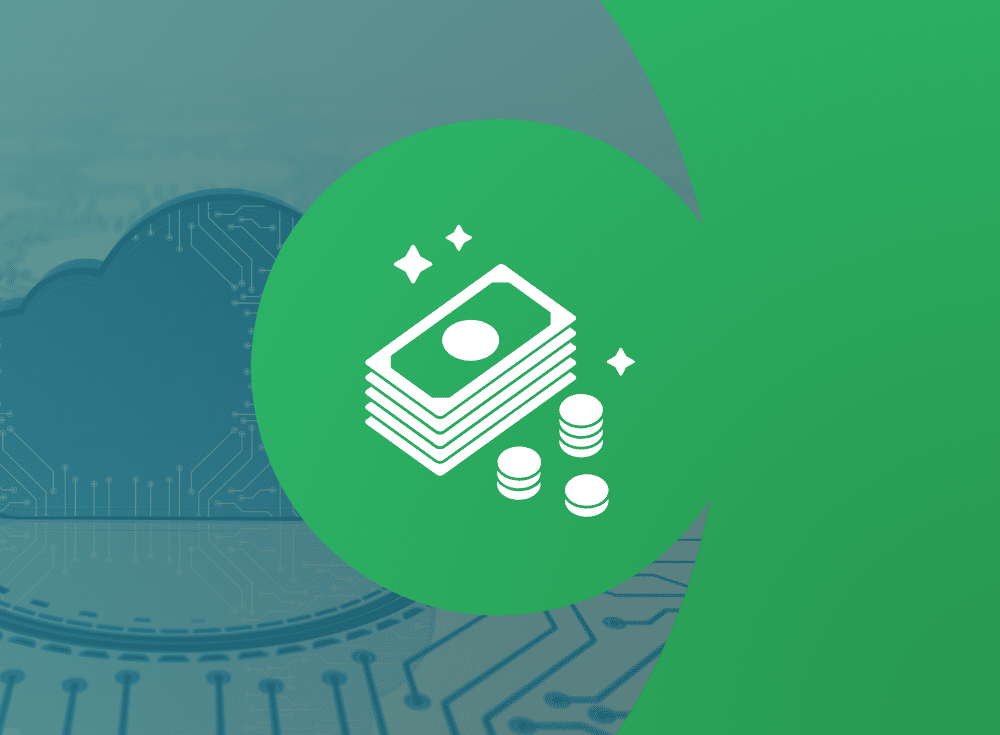Today's state of cost cutting
Many companies today are embracing cloud native, which offers unparalleled benefits — like speed, agility and more opportunity to innovate. However, every container and microservice also emits as much data as a single VM. This rise in data growth causes cloud bills to skyrocket – often exceeding the cost of the underlying infrastructure.
With modern organizations looking to find more ways to cut costs, many are embracing a FinOps practice to embed financial governance. FinOps, a combination of “Finance” and “DevOps,” is a form of financial management that allows organizations to achieve controlled cost by reducing data growth and allocating accountability amongst teams. When you combine FinOps with a holistic observability solution, organizations can successfully lower costs and support their cloud computing infrastructure.
In this transcript of a recent Chronologues episode, the Chronosphere team is joined with Rob Martin, FinOps Principal at the FinOps Foundation to talk all about the symbiotic relationship between observability and FinOps. Check out the transcript below.

Defining the term "FinOps"
Sophie: What do you call it when a fish needs fin surgery? FinOps! No?! But, since we just so happen to be on the topic, why don’t we take a dive into what FinOps really means, and why it’s become such a popular practice in today’s observability world.
A lot of people think of FinOps as just cloud cost control, but it’s actually so much more than that. A mature FinOps practice will also sustainably embed financial governance and accountability into teams for long term benefits.
While the FinOps foundation was formed just back in 2019, today it has more than 10,000 members. Under a FinOps framework, engineers and DevOps can work together with other teams to manage those pesky cloud bills.
This past summer Chronosphere became the first observability company to join the Finops Foundation. We want to be part of the solution, not the problem. Who better to talk to than some Chronauts, and a special guest, on how companies can maximize the benefits of observability under a FinOps framework.

Two trends emerging out of FinOps and observability
Sophie: Hey Rachel, could you tell us more about the symbiotic relationship between FinOps and observability?
Rachel: I’d be happy to. There are two major trends emerging in parallel right now. First, there’s centralized FinOps teams – and they’re focused on providing near real time data to help practitioners optimize cloud use and increase business value. Secondly, there are more and more central observability teams emerging. These are teams that are offering observability as a service to the rest of the company or to their business units. Both of these teams need to support their internal customers with both tooling and best practices, standards, processes, all that jazz.
These teams care really deeply about greater control and predictability, especially when it comes to cost. So why don’t they talk to each other more? The FinOps team can advise the observability function on how to do things like rolling out accountabilities and centralized governance measures. They can put things in place like chargeback, showback or quota allocations.
The symbiotic relationship between two teams
Rachel: On top of that, FinOps teams can help observability teams build a program plan to get observability costs back under control, get them more predictable, and keep them consistently optimized.
On the flip side, how can observability teams help FinOps teams? One really important tactic that FinOps teams often do when they’re trying to optimize spend, is called rightsizing. This is just a fancy way of saying that the infrastructure application usage matches the size of the infrastructure that was provisioned for it. To do this, you need lots of utilization performance data. Observability teams are swimming in this data, They can show the peaks and valleys over a specific period of time to help FinOps teams do rightsizing more effectively. That’s enough to get you started, right?

What do observability teams need to know about FinOps teams?
Sophie: Definitely. So, what do observability teams need to know about FinOps teams? Introducing Rob Martin from the FinOps Foundation.
Rob: Thank you, Sophie. For any group working with a FinOps team, I usually give three pieces of advice. One, make friends. Two, leverage each other’s stuff. And three, coordinate your messaging. FinOps is all about fostering collaboration between disciplines to make it easier for everyone to make good, data driven decisions and create value. Both of our teams are working with similar stakeholders, right? We should know each other, [and know] what our goals are. So, meet and coordinate on that.
Second, leverage each other’s stuff. FinOps teams have access to all the cloud cost and usage data, but that data is so much more valuable with context. You might also find that the FinOps teams are collecting data that you already have stored, or access to. So sharing that information saves money directly and establishes key data relationships between our teams.
And last, coordinate messaging. If we present different views of cloud data to leadership, they’re going to pay only attention to the fact that our two data sets, or our two reports are different, not to any of the messages that we’re trying to convey. And for engineering, putting data that we have in the path of the engineers, allows them to keep focus, and for us to support them more consistently. Working together, sharing, and coordinating lets us all do better.

Cost allocation and observability
Sophie: Under a FinOps framework, engineers and DevOps can work together with other teams to manage those pesky cloud bills. Prava, could you tell us more about the aspect of cost allocation and observability?
Prava: Absolutely. Cost allocation refers to the practice of assigning and attributing expenses to specific components, services, or teams within a platform or organization. This process involves breaking down overall costs by more granular dimensions to understand how resources are utilized and consumed.
Observability is increasingly one of the most expensive line items after cloud infrastructure itself. Therefore, cost allocation has become important in observability for several reasons. First, it provides transparency, allowing organizations to understand how and where their financial resources are being utilized within the platform.
Secondly, cost allocation helps in optimizing resource usage. By breaking down costs by specific dimensions, businesses can identify areas of inefficiency or overspending. Lastly, cost allocation supports accountability.
When costs can be attributed to specific departments, there can be clear owners for budget management and responsible parties for chargebacks. It’s important to note that a mature observability tool should empower businesses in all of their cost allocation practices.
Sophie: Together, FinOps and observability offers a unique symbiotic relationship that helps support accountability, manages costs, and makes the lives of engineers easier.
Stay up to date with the Observability Insider Newsletter, and we’ll catch you in the next episode.





